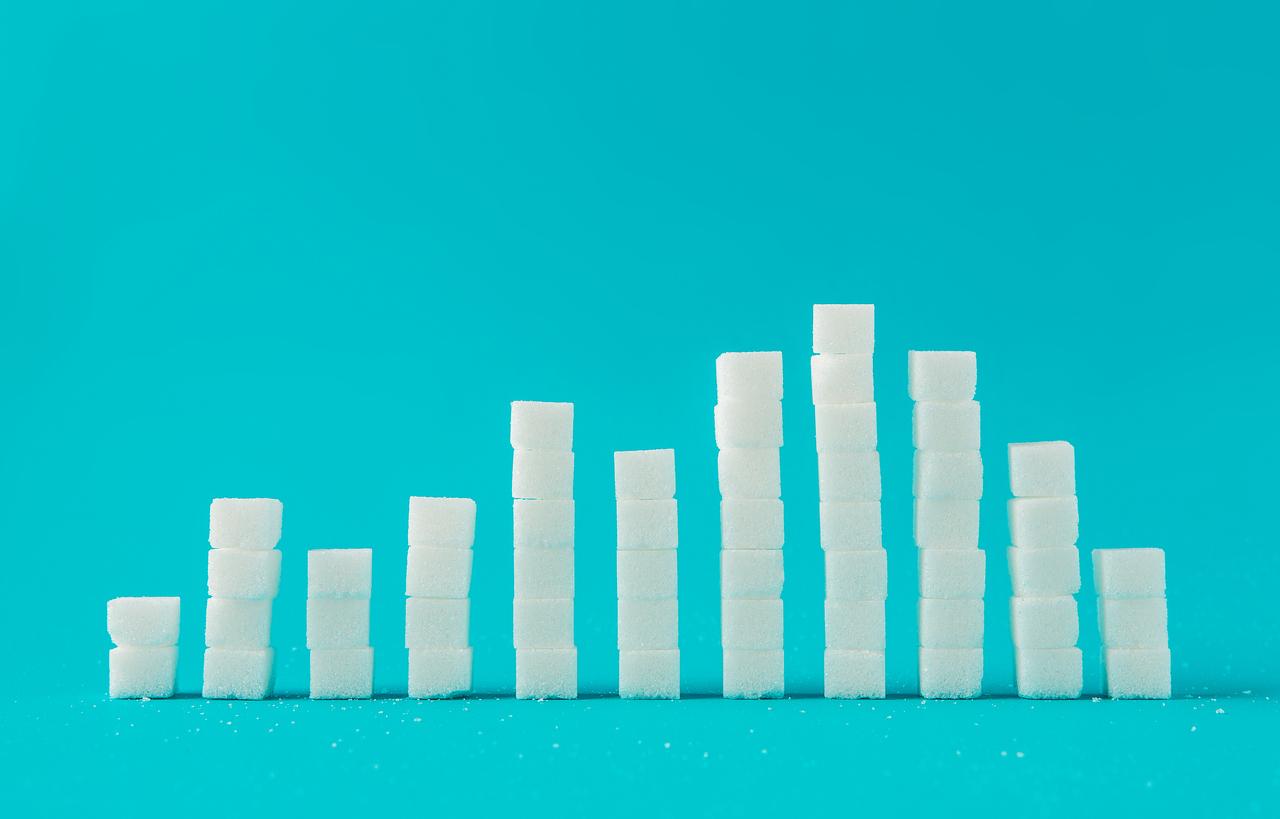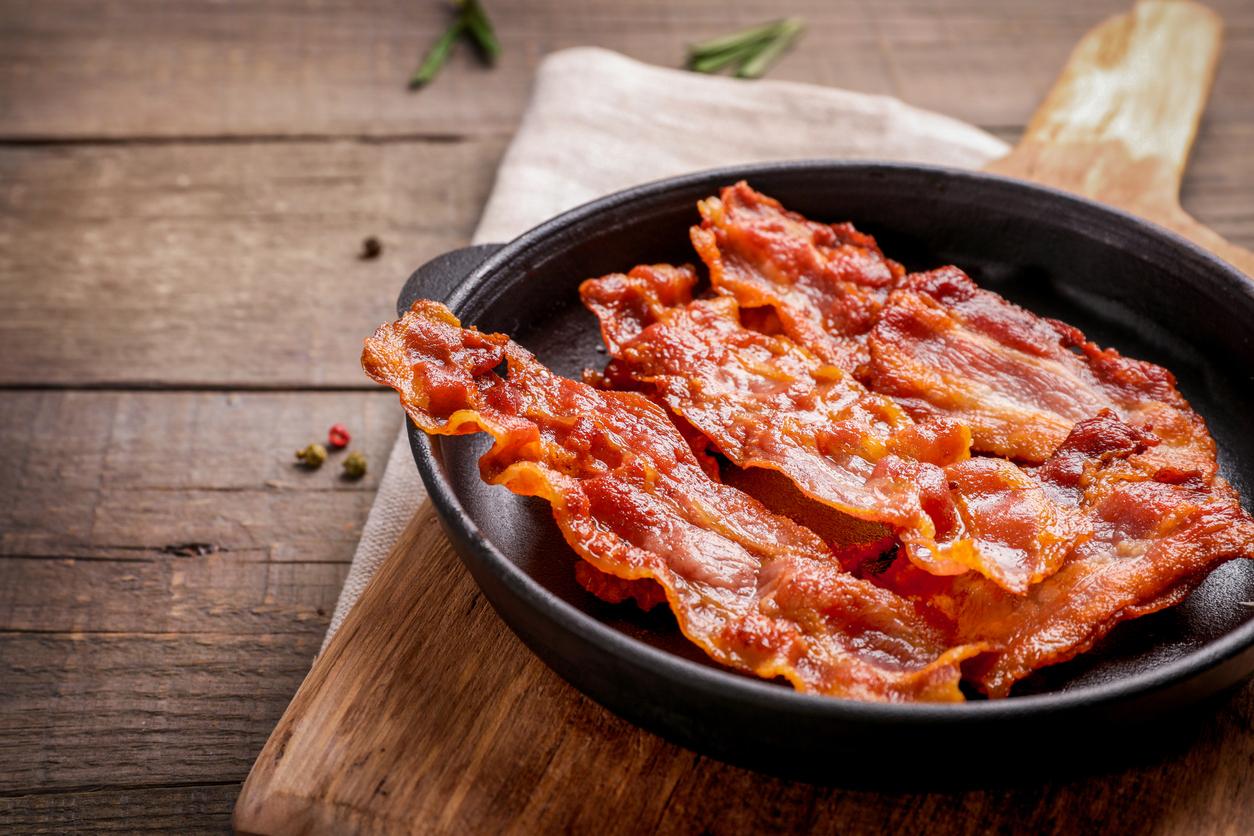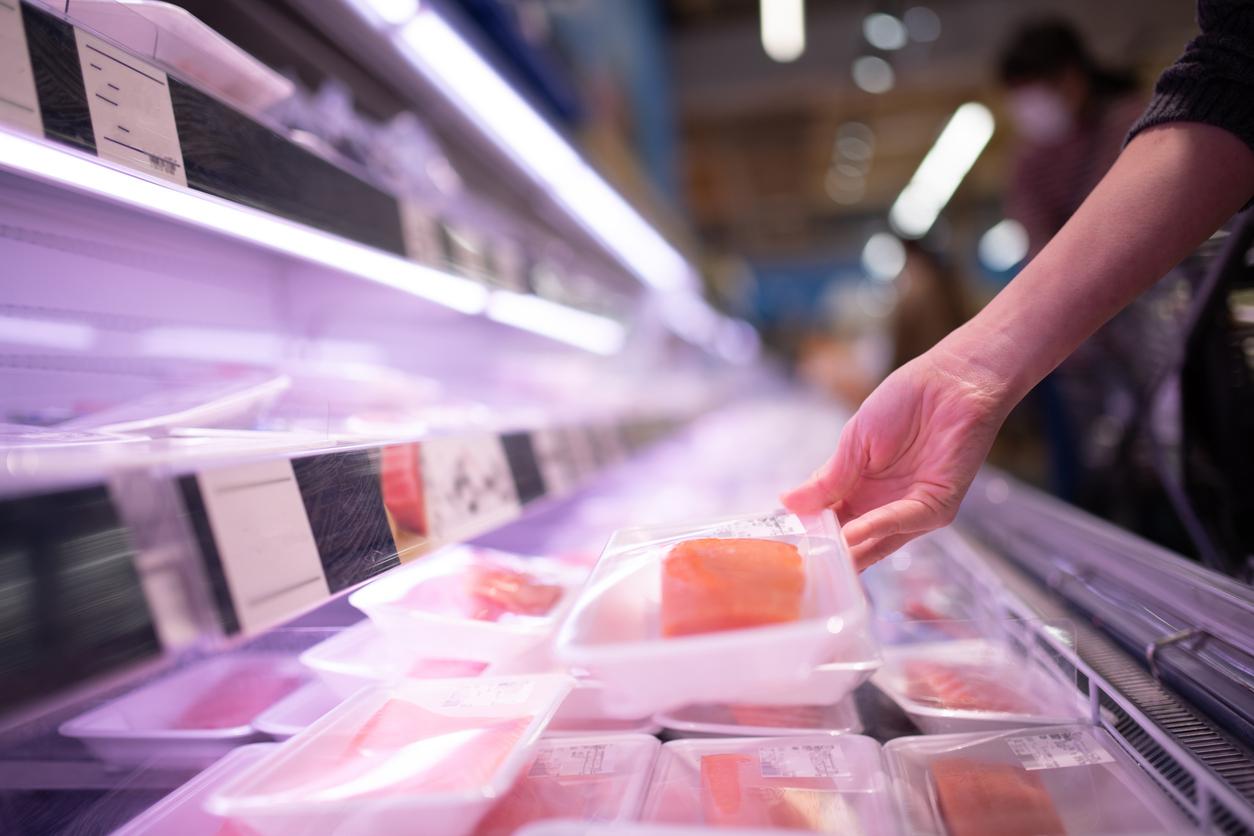During confinement, the French first had the reflex of storing medicines before resuming, from mid-April, normalized consumption.

- A storage of non-prescription drugs marked the start of containment
- The warning against anti-inflammatories led to a 70% drop in their distribution
The period of confinement made it possible to reveal certain behaviors. Storage was the first instinct of the French when the confinement was announced. A reaction that is also found with drugs, as revealed by a study carried out by the scientific interest group (GIS) EPI-PHARE, formed by the ANSM and the Cnam. Based on national health insurance reimbursement data, this study observed the consumption behavior of the population vis-à-vis prescribed drugs, whether or not they are linked to Covid-19. This study compares, for 58 therapeutic classes, the number of people who have had a dispensation reimbursed in pharmacies each week since March 2020 with the “expected” number estimated on the basis of the same period in the two previous years.
Hydroxychloroquine and azithromycin combination jumped 7,000%
The results first show a storage phenomenon during the first two weeks of confinement before a return to normal. In addition, the dispensing of products that require administration by a healthcare professional, such as vaccines, has decreased significantly. This leads to a potential delay in the vaccination schedule or in products intended for medical diagnostic procedures such as colonoscopies, scanners and MRIs. Examinations to diagnose serious illnesses can also delay treatment and make it less effective.
Covid-19 also led to a sharp drop in consumption during confinement for other drug treatments. The warning against the use of anti-inflammatory drugs led to a 70% drop in oral corticosteroid therapy and nonsteroidal anti-inflammatory drugs or NSAIDs. In addition, confinement has caused the circulation of other viruses to stop, leading to a reduction in purchases of systemic antibiotic therapy, especially in children. The sale of ibuprofen has been almost stopped following messages from health authorities, while the prescription dispensing of paracetamol has reached up to 1 million patients a day.
The sale of drugs linked to the potential treatment of Covid-19 has increased. Purchases of chloroquine and hydroxychloroquine on medical prescription have been limited in time in connection with the media coverage of this potential treatment. The hydroxychloroquine and azithromycin combination, which was only used exceptionally before the Covid-19 epidemic, jumped 7,000% to reach around 10,000 patients.
.

















